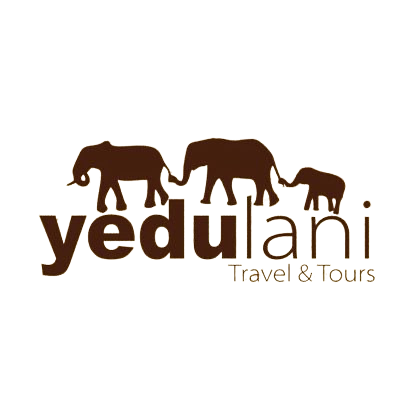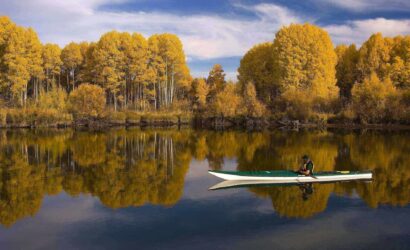Botswana
From the endless palm-covered islands of the Okavango Delta to the moonscape saltpans of the Makgadikgadi region, it’s the safari destination that boasts outstanding wildlife density and variety for anyone seeking pristine, unfenced surroundings.
Botswana’s commitment to safeguarding its wildlife heritage is unparalleled in Africa. The country covers a total area of 581,730 sq km, and approximately 40% of this land falls within a wildlife-protected area. These areas are a sanctuary for the world’s largest concentration of elephants, and a stronghold for other endangered large mammals such as the black rhinoceros, African wild dogs, cheetah, and lion. For avian enthusiasts, there exists a no better place in the world to view the Slaty Egret and Wattled Crane, and seeing the elusive Pels Fishing Owl for the first time has been known to bring bird-watchers to tears!
In the north, the sparkling waterways and emerald floodplains of the Okavango Delta are an oasis in this largely arid continent, attracting hippo, crocodile, and clouds of brightly plumed birds that you can spot from a mokoro (dugout canoe). Dominating the heart of Botswana in the Central Kalahari Game Reserve — a sandy wilderness punctuated by salt pans and open plains where black-manned lion and cheetah stalk grazing herds of springbok and zebra. Then there’s Chobe National Park, whose elephant numbers during the dry season reach the tens of thousands.
Travelers can feel secure in the knowledge that Botswana is one of Africa’s most stable and peaceful nations, with the continent’s longest continuous multi-party democracy and a steady economy.
Kayaking
Kayaking is the use of a kayak for moving across water. It is distinguished from canoeing by the sitting position of the paddler and the number of blades on the paddle. A kayak is a low-to-the-water, canoe-like boat in which the paddler sits facing forward, legs in front, using a double-bladed paddle to pull front-to-back on one side and then the other in rotation. Most kayaks have closed decks, although sit-on-top and inflatable kayaks are growing in popularity as well.
Kayaks were created thousands of years ago by the Inuit, formerly known as Eskimos, of the northern Arctic regions. They used driftwood and sometimes the skeleton of whale, to construct the frame of the kayak, and animal skin, particularly seal skin was used to create the body. The main purpose for creating the kayak, which literally translates to “hunter’s boat” was for hunting and fishing. The kayak’s stealth capabilities, allowed for the hunter to sneak up behind animals on the shoreline, and successfully catch their prey. By the mid-1800s the kayak became increasingly popular and the Europeans became interested. German and French men began kayaking for sport. In 1931, a man named Adolf Anderle became the first person to kayak down the Salzachofen Gorge, this is where the birthplace of modern-day white-water kayaking is believed to have begun. Kayak races were introduced in the Berlin Olympic Games in 1936.
In the 1950s fiberglass kayaks were developed and commonly used, until 1980s when polyethylene plastic kayaks came about. Kayaking progressed as a fringe sport in the U.S. until the 1970s, when it became a mainstream popular sport. Now, more than 10 white water kayaking events are featured in the Olympics.While kayaking represents a key international watersport, few academic studies have been conducted on the role kayaking plays in the lives and activities of the public .
River Rafting
An adventure is an exciting or unusual experience. It may also be a bold, usually risky undertaking, with an uncertain outcome.Adventures may be activities with some potential for physical danger such as traveling, exploring, skydiving, mountain climbing, scuba diving, river rafting or participating in extreme sports.
The term also broadly refers to any enterprise that is potentially fraught with physical, financial or psychological risk, such as a business venture, or other major life undertakings.

